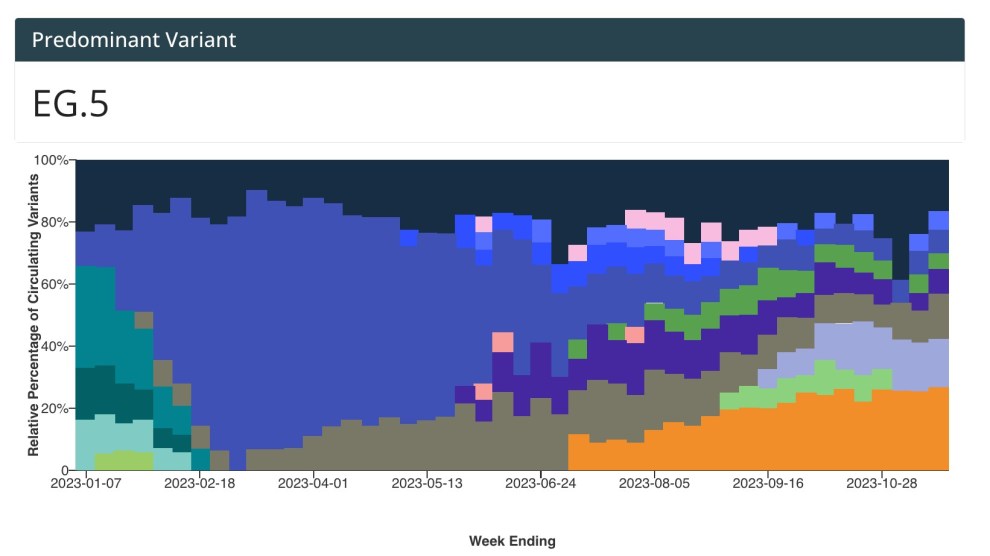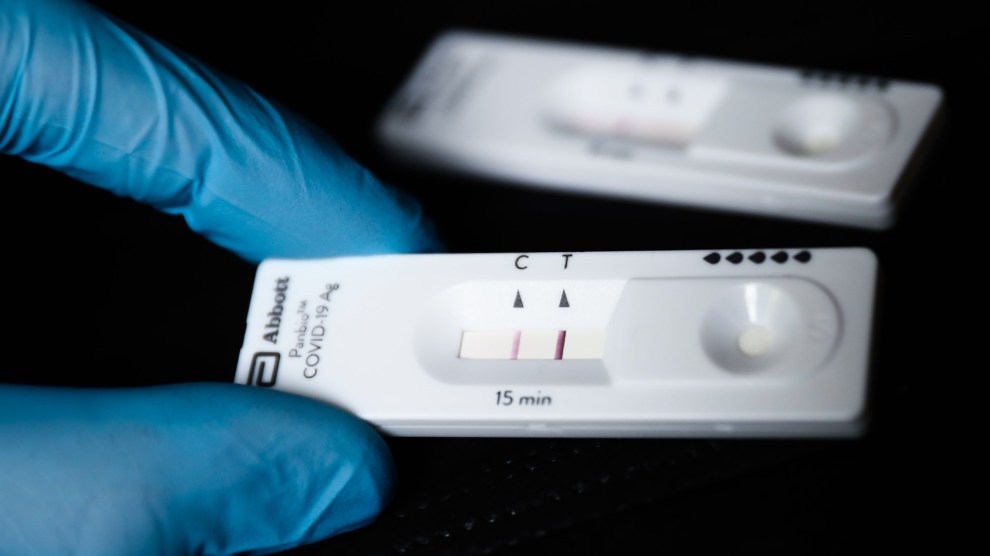A new study in Science Magazine about the transmission of the coronavirus sparked a wave of alarming headlines Wednesday declaring that social distancing mandates may have to remain in place into 2022. But the reality may not actually be so grim: The researchers’ model does not account for other ways of beating back the virus, such as effective medication that could prevent infected people from needing hospitalization, or even a vaccine.
A major focus of the effort to “flatten the curve” is to reduce the strain on the health care system. The new study, conducted by a team of researchers at the Harvard T.H. Chan School of Public Health, finds that under current critical care capacities, the pandemic could stretch into 2022. But, the authors write, “Increasing critical care capacity allowed population immunity to be accumulated more rapidly, reducing the overall duration of the epidemic and the total length of social distancing measures.” In other words, the more hospital beds, ventilators, and medical personnel we have to fight the virus, the less time we may be forced to spend cooped up in our homes.
And there are other steps the scientific community can take to stop the spread of the virus. “New therapeutics, vaccines, or other interventions such as aggressive contact tracing and quarantine—impractical now in many places but more practical once case numbers have been reduced and testing scaled up—could alleviate the need for stringent social distancing to maintain control of the epidemic,” the authors of the study write.
The study also assumes that the average number of people infected by someone with the virus is between 2 and 2.5. The number may actually be higher than that, which, MIT Technology Review points out, would be a good thing: If mild cases of the virus are more prevalent than we’d thought, herd immunity would be possible sooner.
In any event, social distancing will most likely not be a continuous reality over the next two years. The authors of the study envision intermittent phases of social distancing tailored to the prevalence of outbreaks and the preparedness of health care systems in specific communities.
“Keeping in mind that our goal is getting up to population-level immunity, in the absence of a vaccine or potentially other types of interventions, what we might see is this kind of on-off, intermittent distancing,” Yonatan Grad, one of the paper’s authors, told CNN. “And to get up to population immunity—again, that end point—would take until 2022.”
















